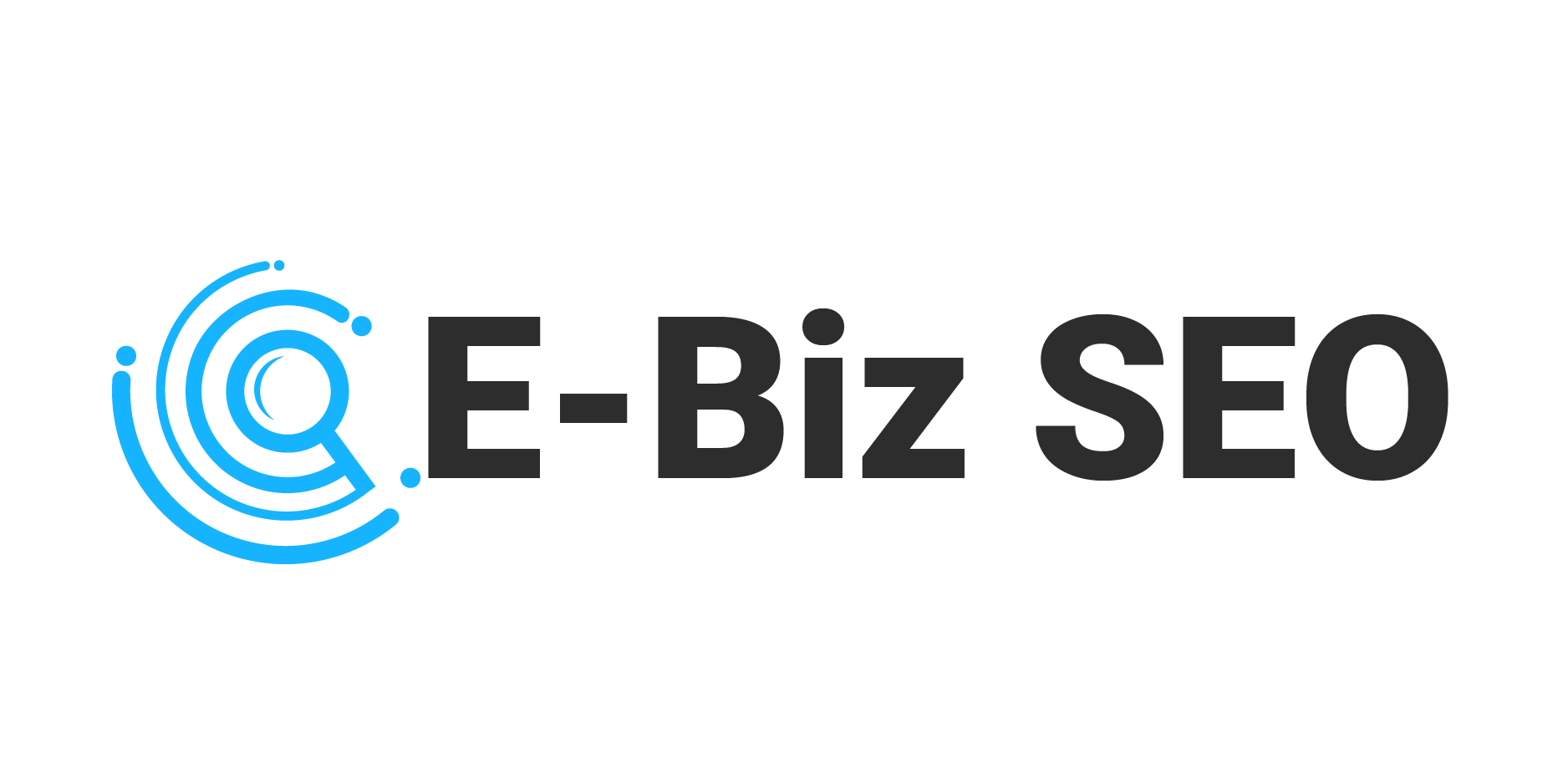Search Engine Optimization Vs Conversion Rate Optimization
April 9, 2023
Search engine optimization (SEO) is the practice of increasing website visitors by making sure it appears high on search engine results pages for a given keyword.
Search engines such as Google use a combination of algorithms to rank web pages based on various factors, including:
Keyword research
Keyword research is an integral component of search engine optimization (SEO), the process that helps webpages appear higher on Google search results. It involves uncovering phrases people use when looking for products or services within a particular niche.
Once you’ve identified keywords that align with your content strategy, you can optimize the text on your site for them. Doing so will draw in more visitors and encourage them to become customers.
Keyword research is a complex process that must be done correctly to avoid wasting both time and money. If done incorrectly, however, the consequences could be costly;
Keyword research is essential for both organic and paid search campaigns.
Keyword research is often done through a tool like Google Keyword Planner. This program generates an extensive list of related keywords to your seed phrase and allows for evaluation based on search volume, competition, bid ranges and more.
On-page optimization
On-page optimization (OPO) is the process of optimizing your website for search engine and user traffic. It encompasses everything from title tags and content, to internal links and URLs, helping boost page ranks in search results.
On-site SEO makes it simpler for search engines to crawl your site and comprehend its contents, which is essential for achieving a high rank in SERPs. This leads to organic traffic, leads, conversions and increased revenue.
Another key component of on-page SEO is image optimization. Including descriptive alt text to your images can help them pass through search engines and make your page more visible to people with visual impairments.
Structured data, or schema, is another way for Google to better comprehend your pages and make them more prominent in search results. Google utilizes structured data to generate rich snippets which often result in higher click-through rates for listings.
Off-page optimization
SEO is one of the best methods for increasing traffic to your website. It helps you rank higher on search engines like Google, Bing and Yahoo.
To boost your search engine ranking, it is essential to have an effective on-page and off-page SEO strategy in place. On-page SEO refers to optimizing elements of your website which you have control over such as keywords, title tags, meta tags and content. Off-page SEO focuses on improving aspects that cannot be controlled by you such as links between pages.
The primary objective of off-page SEO is to promote your website and brand across the internet by getting other websites to mention, link to or include it in their own content. Doing this gives your website authority, relevance and trustworthiness that directly affect how high it ranks on search engine results.
The most widely employed off-page SEO tactic is link building. This involves getting authoritative websites to link back to yours, preferably with either your site URL or a well-known brand name as the anchor text.
Conversion rate optimization
CRO, on the other hand, focuses on increasing traffic to your site while SEO aims to convert those already there into paying customers. Utilizing CRO can significantly boost profits without increasing marketing expenditures.
A conversion is any action a user takes on your website, such as signing up for your newsletter or purchasing something. It could even be something as straightforward as filling out a form.
Conversion rate optimization (CRO) seeks to maximize the number of users who complete a desired goal on your website. Usually, this entails increasing sales through improved lead flows, landing pages, and overall site design.
Conversion rate optimization (CRO) is an ongoing effort of learning, testing and refining your marketing strategy. This can give you insight into how customers think and use your brand, as well as uncover new growth opportunities you might not have considered before. In the end, this helps deliver a great experience to customers while building long-term relationships.
